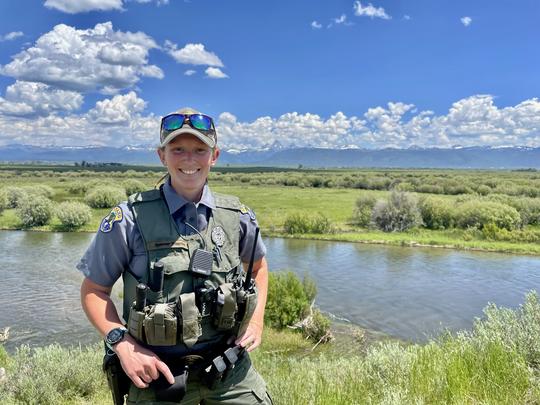Conservation officers work in Idaho's mountains and high deserts, on wild rivers and pristine lakes. They travel through this beautiful country on snow machines, horses, jet boats and 4x4 vehicles. This is not an 8 to 5 job, it’s one that allows you to adjust your schedule so you can make your child's soccer game. Conservation officers work in country where most people only vacation.
Idaho conservation officers are law enforcement officers who primarily enforce wildlife law. They attend Idaho’s Peace Officer Standards and Training Academy and then additional Idaho Fish and Game field enforcement training. They work closely with biologists to collect biological data for wildlife studies, conduct population studies, trap, tag and transplant wildlife and work with landowners to resolve wildlife damage problems.
Education and Experience
You need good knowledge of fish and wildlife management practices and be a great listener and communicator. Competitive candidates have a bachelor's degree in wildlife or fisheries management or closely related fields. You must also be able to relate to our customers, primarily anglers and hunters. To do this, you need an interest and practical experience in fishing and hunting.


